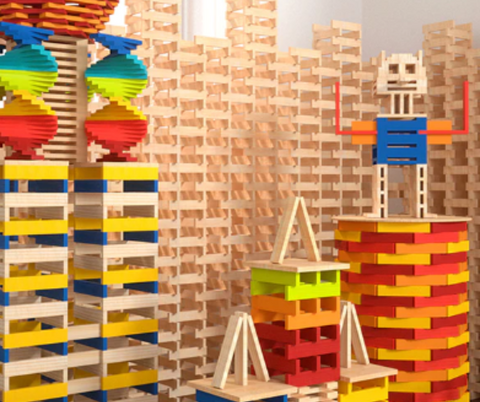
Steam education is an innovative approach to learning that combines the disciplines of science, technology, engineering, art, and mathematics. This interdisciplinary approach to education has been gaining popularity in recent years as an effective way to engage students in the learning process. The “S” in Steam stands for “science,” and it’s important to incorporate science-based activities into any steam program.
See our blog on Steam Development for Kids.
Science activities are an important part of Steam education because they help children develop critical thinking skills. These activities can range from simple experiments such as creating a simple circuit to more complex investigations into the properties of materials. Science activities can also help students learn problem-solving skills, develop analytical skills, and make connections between different disciplines.

One example of a science activity that can be incorporated into Steam education is the use of microscopes. Microscopes allow students to explore the world of the microscopic and gain an appreciation for the small but significant details that exist in our world. By using microscopes, students can learn about the characteristics of certain plants, insects, and other organisms, as well as observe the results of various experiments.
Another science activity that can be used in Steam education is the use of models and simulations. Models and simulations provide a hands-on way for students to explore the physical principles that govern the world around us. By building physical models, students can gain an understanding of how different forces interact with each other and how these forces affect the world. Similarly, simulations can be used to explore the effects of large-scale events such as climate change or the spread of a disease.

The benefits of incorporating science activities into Steam education are numerous. By engaging students in science-based activities, educators can help students develop critical thinking skills, problem-solving skills, and analytical skills. Additionally, these activities can help students make connections between the different disciplines that make up Steam education, allowing them to gain a more holistic view of the world. Finally, science activities can be used to help students understand the importance of sustainability and the environment, an important part of any modern education.
Science activities are an important part of Steam education. By incorporating science-based activities, educators can help students develop critical thinking skills, problem-solving skills, and analytical skills. Additionally, these activities can help students make connections between the different disciplines that make up Steam education, allowing them to gain a more holistic view of the world. Finally, science activities can be used to help students understand the importance of sustainability and the environment, an important part of any modern education.















































































